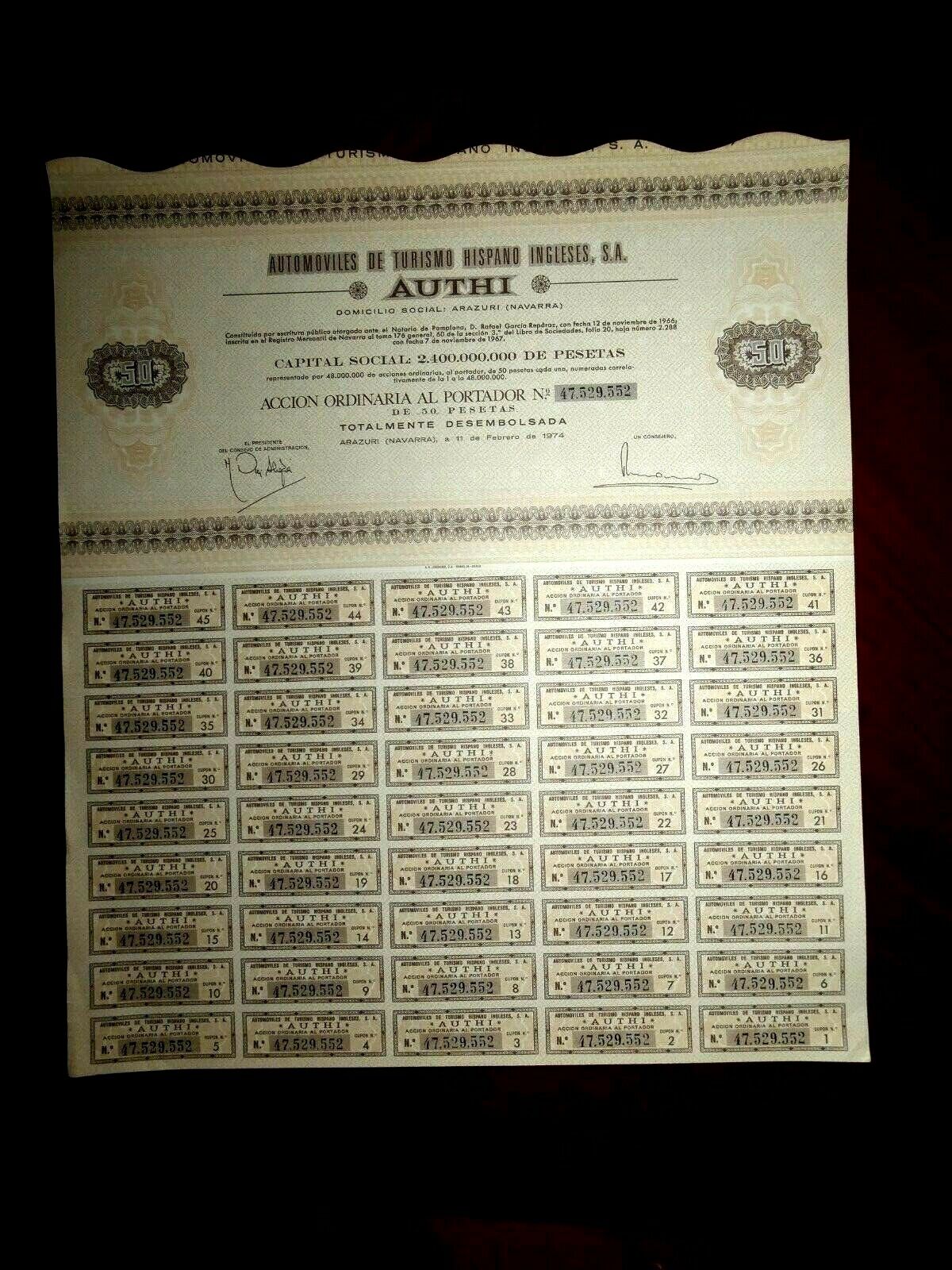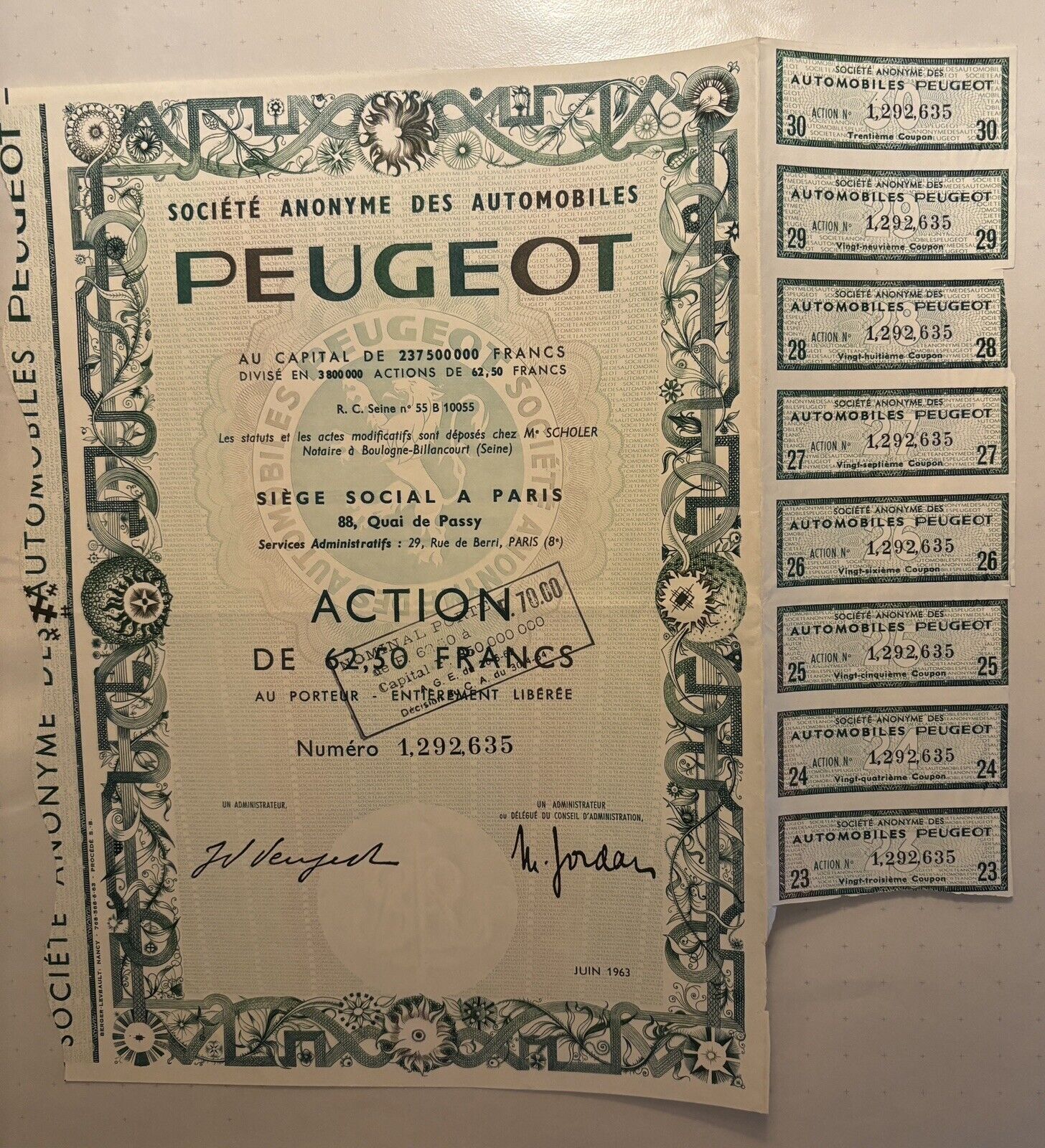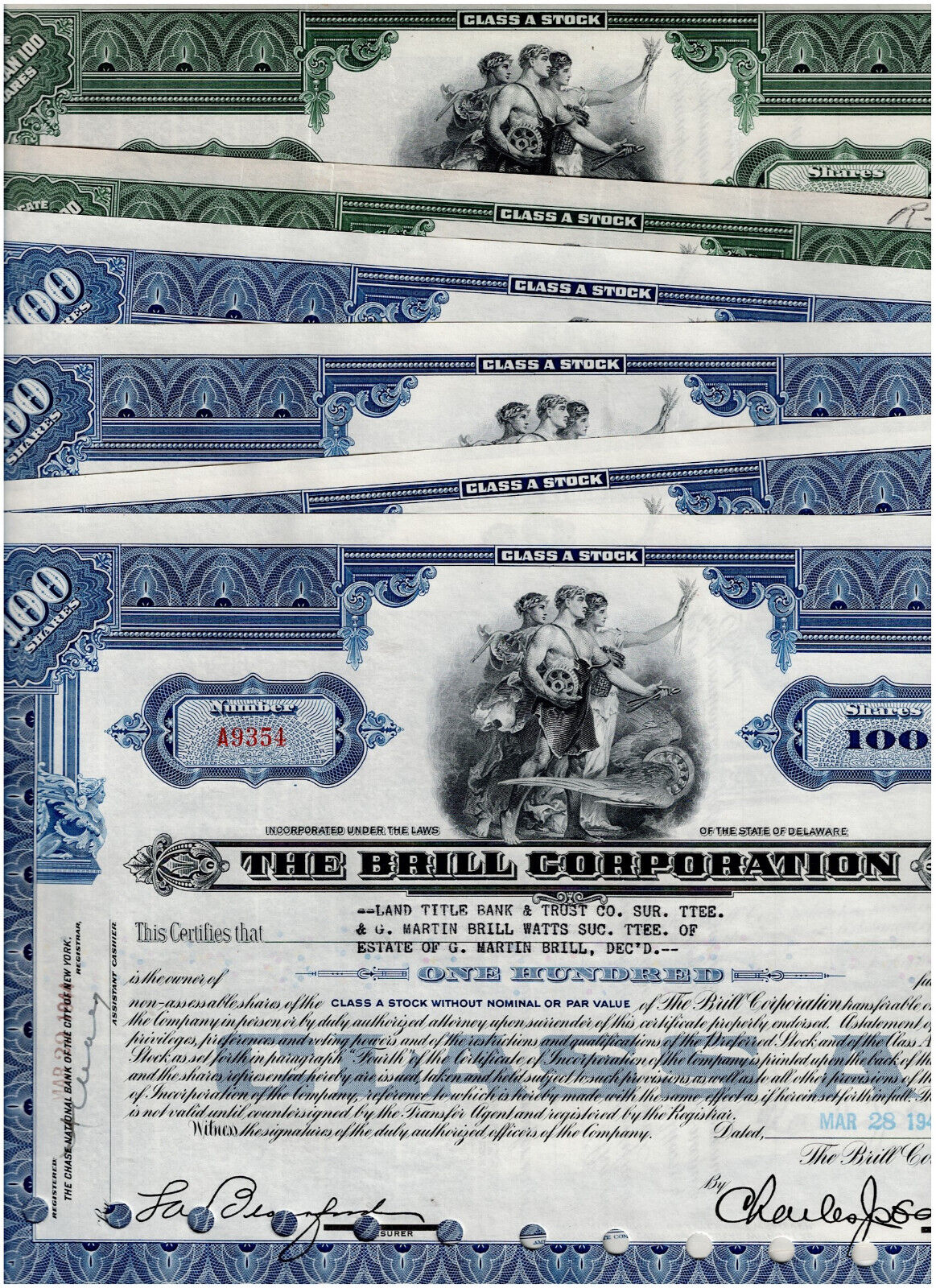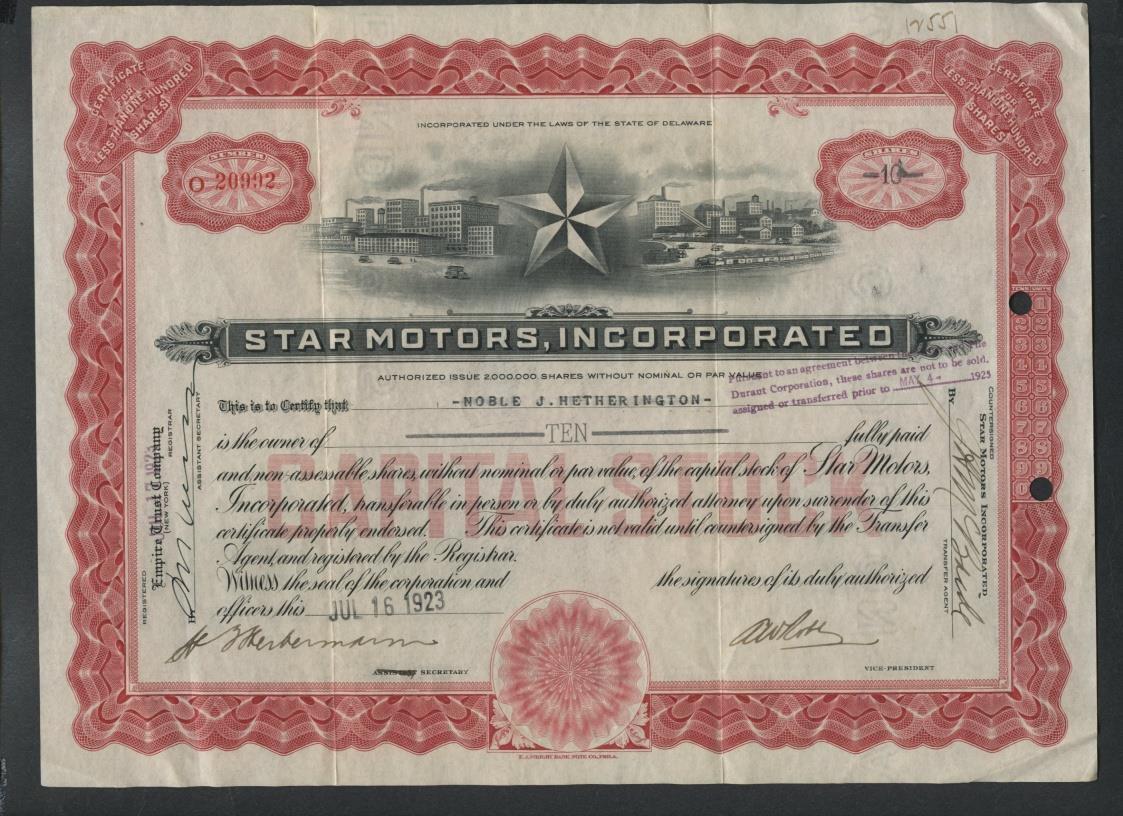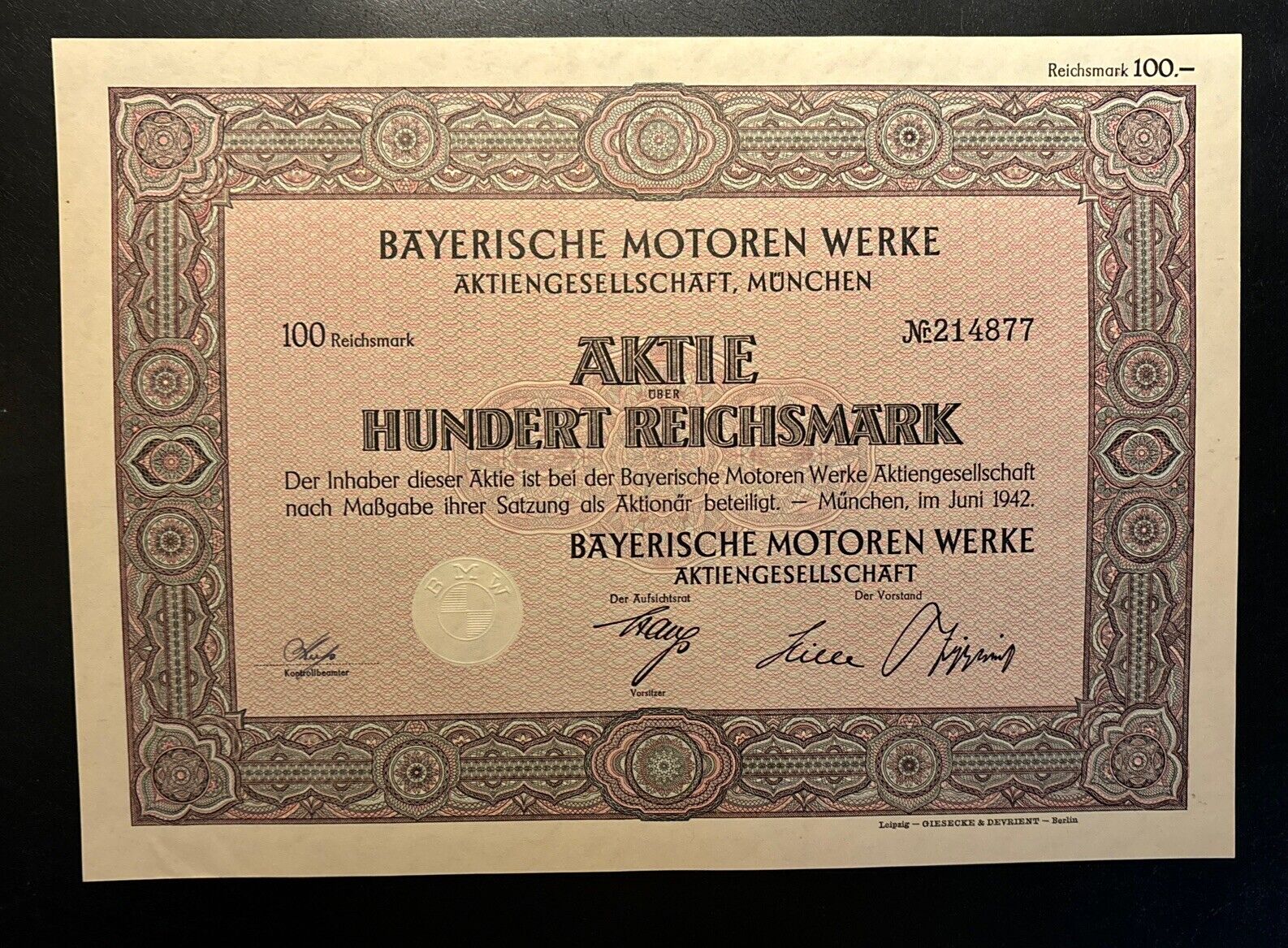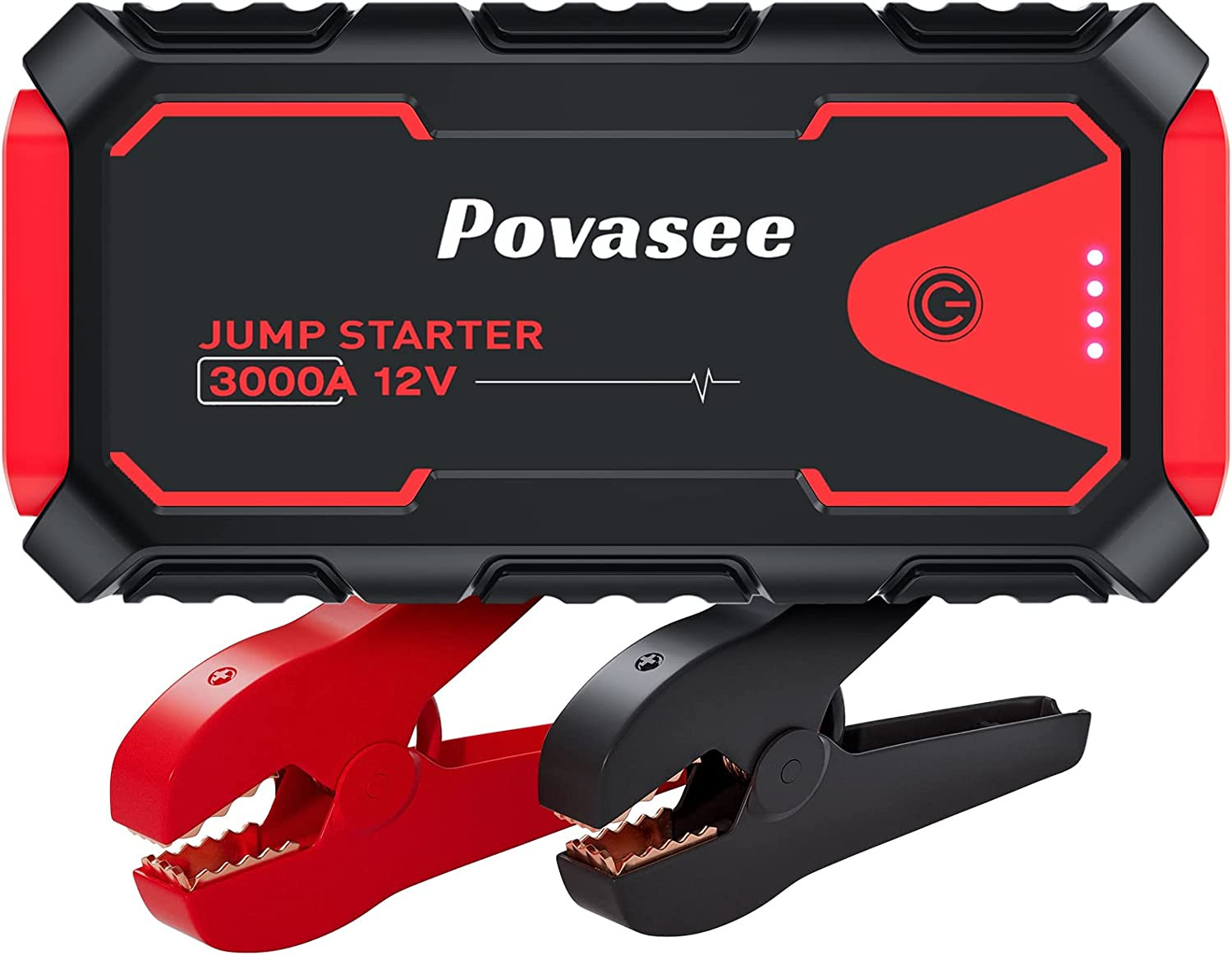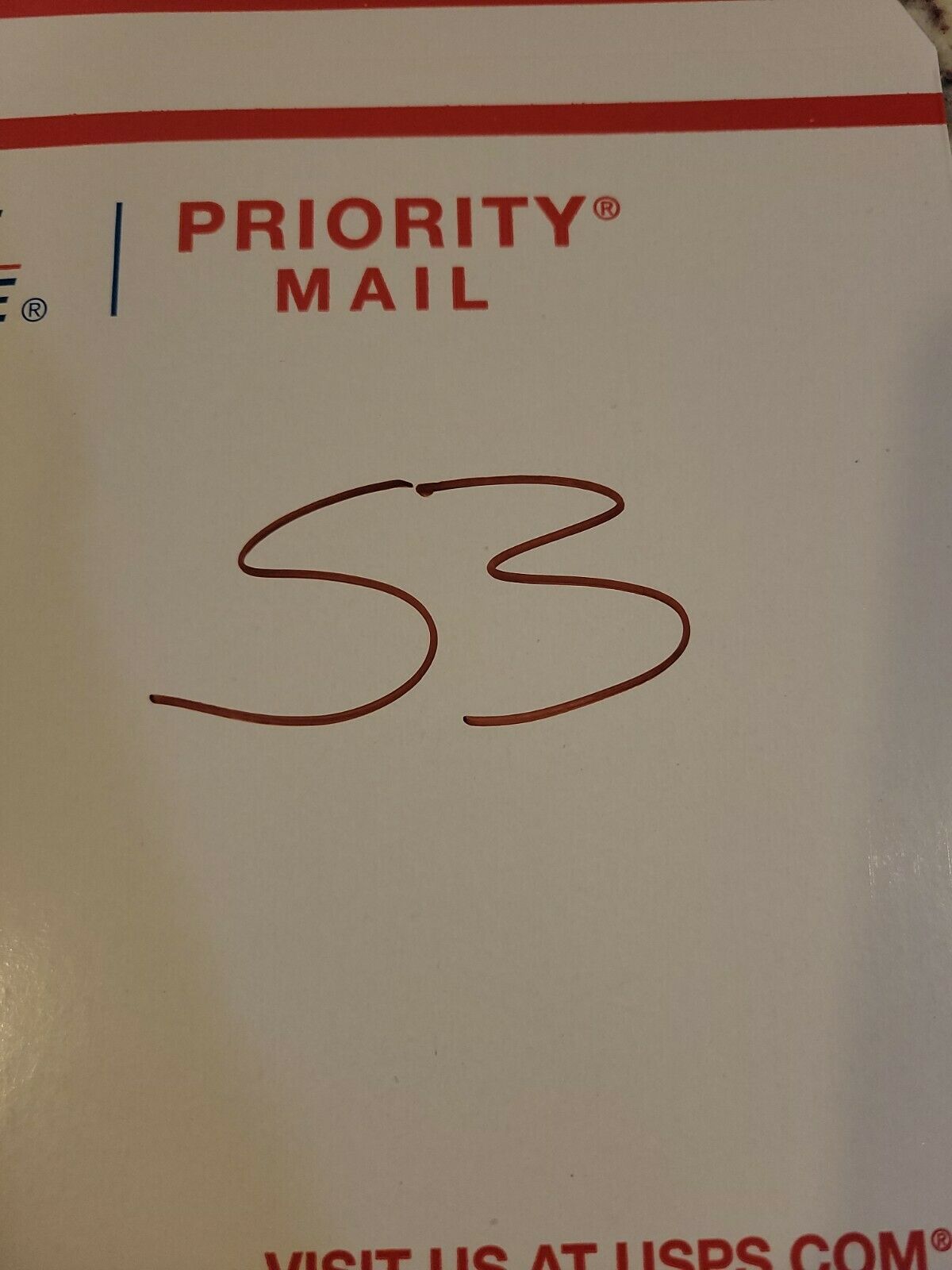-40%
Antique vintage Stock Certificate Utah Metal Tunnel 1933 100 shares cancelled s1
$ 5.28
- Description
- Size Guide
Description
this item is a cancelled vintage stock certificate.great for framing or collecting
Overview
Utah Metal and Tunnel Company was first organized in 1909 as Utah Metal Mining Company.
The Utah Metal and Tunnel property had a long tunnel that was completed in mid 1913. The tunnel exited in Middle Canyon, east of Tooele. The company absorbed the adjacent Bingham New Haven company on December 1, 1915, to settle potential encroachment claims.
Utah Metal Mining Company had been organized in 1909 to consolidate the properties of the Bingham Central Mining, Bingham Standard Copper, and Bingham Metal Mining companies. By the end of 1912, the 11,490 foot Bingham-Tooele Tunnel of the Utah Metal Mines Company was 92 percent complete. Work had been delayed at the Bingham end by the strike in September 1912. Cost of the tunnel work was about .45 per foot. (Engineering and Mining Journal, March 1, 1913, p. 496)
"The Utah Metal tunnel was begun in December, 1909, and finished June 22, 1913. It is 11,494 feet in length from the Bingham side to the Middle Canyon, or Tooele side of West Mountain. The company has a daily flow of about 750,000 gallons of water, of which 440,000 gallons are delivered to the Utah Copper Co. for use in its steam boilers. Other mines are also getting a supply of water through this tunnel which will likely be used for hauling waste and mill tailings to dump in Middle Canyon, as space for dumping is scarce in Bingham. The tunnel company is developing mineral ground from the 9,100-foot point in the tunnel toward the Bingham and New Haven mine." (Mineral Resources of the United States, USGS, 1913, page 404, citing the Utah Metal Mining Company statement to stockholders dated December 26, 1913)
"The Utah Metal and Tunnel Company expanded its operations by the absorption of its neighbor the Bingham and New Haven in 1916. (Deseret News, April 2, 1918). Operations were carried on on the company account till 1921 when dropping prices forced the inauguration of a small leasing program which was continued till 1925, when the Utah Delaware company leased some ground and financed the development of considerable bodies of copper ore in the slump of 1929. The mine was shut down entirely except for some small leases. In 1934 leasing on a large scale was revived the upper levels of the mine being leased to the Utah Delaware company and the lower to the American Smelting and Refining company. Nevertheless exhaustion of the ore bodies forced the shutting down of the entire property in 1936, at which time surface rights and water rights were sold to the Utah Copper company. The property was still closed in 1940." (George M. Addy, "The Economic And Social History Of Bingham Canyon, Utah", BYU, 1949, page 73)
Timeline
July 9, 1909
The shareholders of Bingham Standard Mining Company held a meeting to vote on the sale of their assets and property Utah Metal Mining Company, a Maine corporation. (Salt Lake Herald, June 26, 1909)
July 17, 1909
The details of the planned merger of the Bingham Central Standard, and the Bingham Metal companies were agreed on. Under consideration since early spring. The new company was to be known as Utah Metal Mining Company, to be incorporated in Maine. The Bingham Metal tunnel, already at a depth of 3,000 feet, would be extended to reach the ore bodies of the two companies at a depth of 2,300 below their surface works in Carr Fork. Electric locomotives were to begin operating in the tunnel in September


